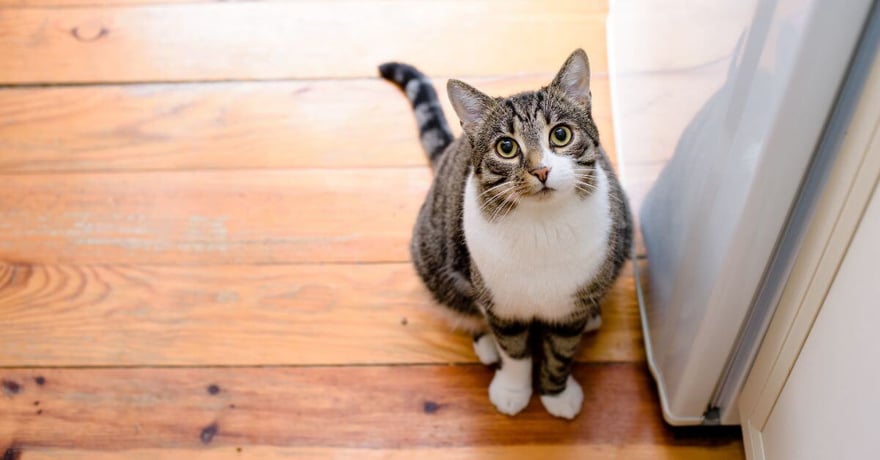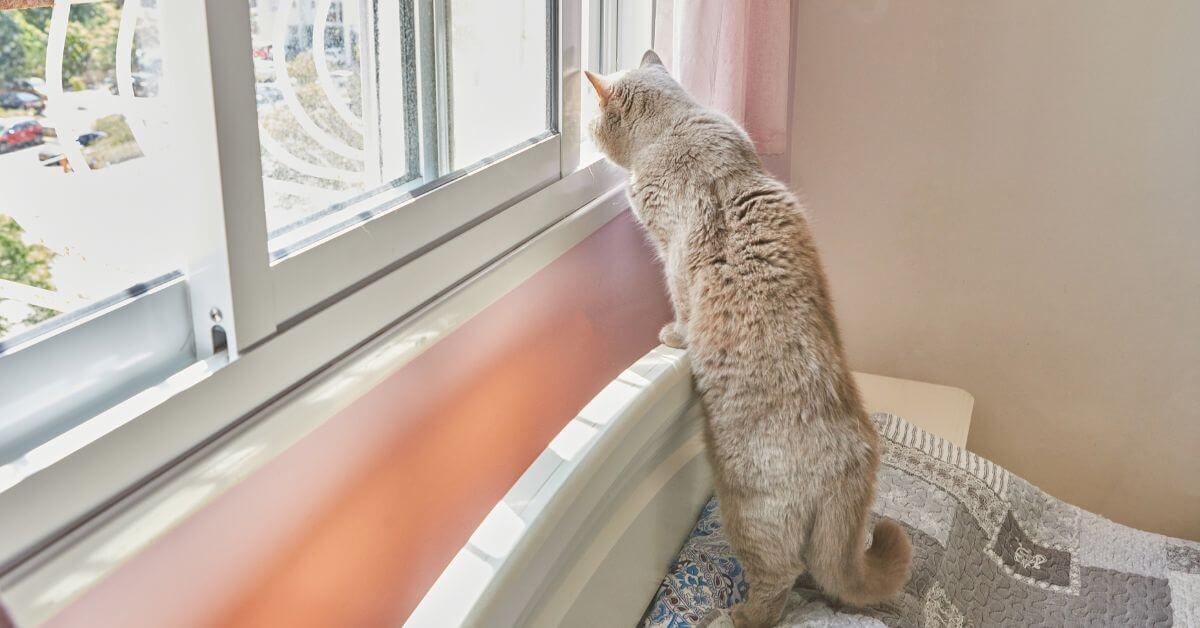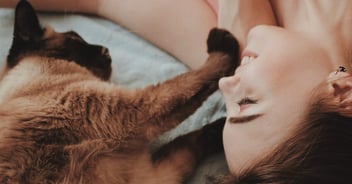Is Pet Insurance Worth it for an Indoor Cat?

An indoor cat is usually one that lives and spends most, if not all, of their time indoors, away from the unknowns of the outside world. From a safety perspective, it's a great choice for most cats, especially if you live in a busy, urban area.
While keeping your cat indoors can be less risky, it doesn't guarantee that they won't experience any health issues or suffer accidents. Yes, they're less likely to get hit by a car or contract a virus from other cats, but it doesn't mean they'll never have to visit the vet.
You may not realize it, but indoor felines, especially those that live sedentary lives, are prone to certain health conditions. Arthritis, diabetes, asthma, and obesity are common issues for cats that don't get much exercise or outdoor exposure.
- Arthritis: This is more common than you realize. Cats, especially seniors, can suffer from painful and debilitating joint conditions. 70%-90% of pets will experience arthritis as they age and a more sedentary life can create a higher probability than cats who venture and explore outdoors.
- Diabetes: When cats don't get enough exercise or their diets are too high in carbs or sugar, they can develop diabetes. Looking out for symptoms like increased thirst or increased urination can be telltale signs.
- Asthma: Cats with asthma will often have breathing difficulties due to inflammation in their airways. This can be caused by exposure to substances such as pollen, dust, and smoke. The air indoors can be treated with purifiers and other measures meaning there are management techniques available, but dusty homes, homes with lots of other allergens, or lack of ventilation can be tricky to manage effectively.
- Obesity: Overweight cats are more likely to have health problems, including diabetes and arthritis. Indoor cats typically exercise less than outdoors and so can be more prone to weight problems.
- Toxicities: This is often overlooked but our homes contain things that can be toxic to cats. Human foods like garlic, raisins and chocolate can be really harmful and even exercising caution on household plants around a cat can prevent problems.
Meanwhile, urinary tract infections, kidney problems, and respiratory infections can still happen indoors. For example, cats that eat dry food are more likely to suffer from urinary tract infections due to the high magnesium levels in this type of food. And if you combine it with the lack of exercise, it can be more problematic.
The good news is that these conditions can often be managed with proper veterinary care. But there's a literal price to pay, the cost of treatment and medication. Whether routine check-ups or emergency treatment, vet bills can add up quickly. So, getting your indoor cat insured can make just as much sense as with an outdoor cat.
When Does Insurance Coverage Come In?
The beauty of pet insurance is you still get to choose the vet of your liking, including the clinic, coverage, and even the type of treatment. Pet insurance can help provide financial assistance to help cover the costs of unexpected treatments and medications and even help cover visits to specialists if needed.
Pet insurance is especially useful for unexpected medical situations with older cats, i.e., cancer or hip dysplasia. And if your indoor cat does manage to sneak outside and get injured in the process, pet insurance might become a lifesaver (literally!).

What To Consider When Choosing a Policy
Deciding on the ideal cat insurance policy is important. You must factor in several variables. Do you plan to take your cat to the vet regularly? Does your cat take any medications currently (that may be excluded from coverage)? What type of coverage is best suited for your specific needs?
Once you've determined what kind of coverage works best for your budget and meets all the above criteria, you can start comparing plans and premiums. Review the policy documents carefully and ensure the plan covers your cat's potential medical needs. Here are some things you should learn to be adept at comparing insurance plans:
Restrictions
Coverage restrictions refer to any conditions or treatments that may be excluded from the plan. Make sure you understand what's covered and not covered so you can make sure your cat gets the medical care they need. Some pet insurance companies will exclude breed-specific conditions (spoiler: PHI Direct does not), so checking these thoroughly can save a lot of heartache down the road.
Deductibles
Deductibles refer to the amount you must pay out-of-pocket before coverage begins. Higher deductibles often mean lower premiums, but you should consider how much your cat might need in medical care before selecting a deductible that's too high. Some deductibles operate on a per-condition basis (so they are paid just once across a pet’s lifetime for any specific condition and never apply again for that condition), whereas others only need to be paid each year for all a pet’s veterinary needs.
Co-payments
Co-payments describe what you must pay for certain treatments or medications after coverage begins. It's typically a percentage of the total cost.
Reimbursement amounts
This is how much you get back from your insurance company after you pay for treatments or medications. Higher reimbursement amounts usually mean higher premiums, so deciding which makes more sense is your prerogative. For example, PHI Direct provides 80% reimbursement coverage on eligible costs, after the deductible has been met each year. Some insurers offer higher and lower percentages of coverage too.
Waiting periods
Waiting periods are the time you have to wait before coverage officially begins. This can range from as little as a couple of days up to 6 months, so make sure you understand the particulars of your plan.
Is It Worth It?
Yes. Even for an indoor cat, it's worth considering pet insurance. No pre-emptive measures can remove all risks of accidents, injuries or diseases affecting a pet. An insurance policy helps protect you and your feline buddy from the financial burden of unforeseen veterinary expenses giving you a happier, healthier, cat.
But because it's not a "one-size-fits-all" product, it pays to do your homework and select a policy that will best meet you and your cat's healthcare needs.
If you’re thinking about an insurance policy for your indoor cat, look at PHI Direct. PHI Direct offers you low monthly premiums with quick claims payouts, giving you peace of mind that when the money is needed, you have less worry about covering those vet bills.
Posted on August 21, 2023 | Categories: Cats Pet Insurance Kitten
Share


